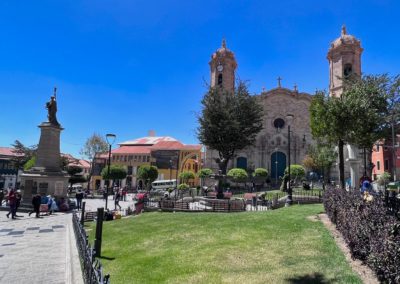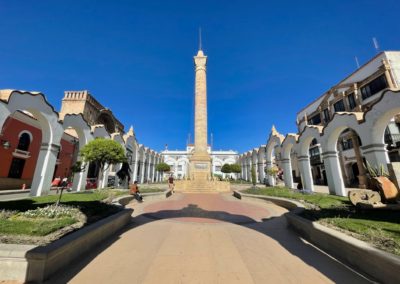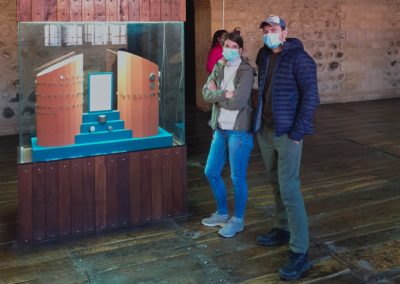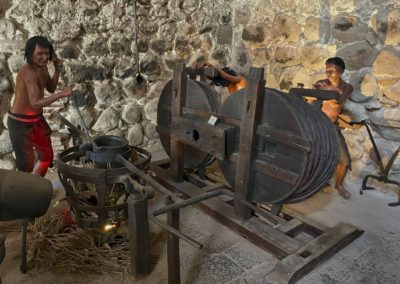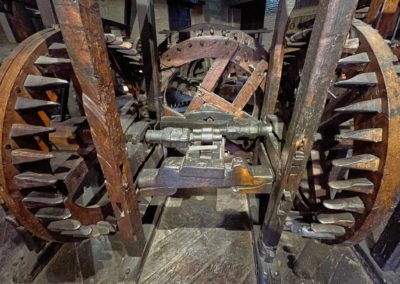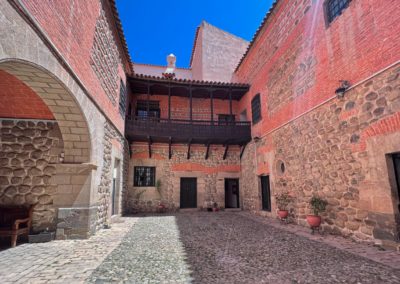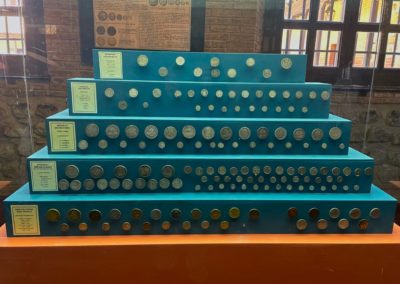Potosí
Potosí
On the road between Uyuni and Sucre, we make a short stop in Potosí. We explore the city and visit the “Casa Nacional de la Moneda de Bolivia”, the historical national mint of Bolivia.
The mining city
Potosí appears to us as a combination between the chaos of La Paz and the beautiful buildings of Sucre. Located at 4070 meters above sea level, Potosí is one of the highest cities in the world. In this ancient city rich in tradition, two thirds of the inhabitants still speak Quechua, the language spoken by the Incas.
A day or two in Potosí is enough to get an idea of the city. The lovely squares in the city center, such as Plaza 6 de Agosto and Plaza 10 de Noviembre, or the street Calle del Empedradillo, flanked by colorful houses, are worth a visit. The top of the Catedral de San Francisco offers a beautiful view of the city, but the building is unfortunately closed to visits during our stay because of a public holiday. A taste of the traditional regional soup, the “kalapurka”, is a culinary experience not to be missed. This meal is traditionally served with a burning volcanic stone in the soup, so that it stays warm during the meal and continues to bubble.
Our highlights
Tambo Señorial
Sopa tradicional Kalapurka
Plaza 6 de Agosto
Plaza 10 de Noviembre
Calle del Empedradillo
La Casa Nacional de la Moneda
In the 17th century, Potosí became one of the largest and most prosperous cities in the world thanks to the silver deposit from the nearby Cerro Rico Mountain. Although little of the wealth of the past remains, the city still depends on the mountain’s silver, tin and zinc deposits today.
We do not miss visiting the Casa Nacional de la Moneda, one of the most famous and comprehensive museums in Bolivia and South America. For 400 years, the National Mint minted silver coins, until it was finally closed in 1953.
Another popular tourist attraction in Potosí is a visit to the mines, where you can observe the work of the miners in the galleries. Even today, the conditions are extremely precarious, and the work is still done exclusively by hand, almost as in the 17th century. Such a visit seems to us to be voyeuristic and to be at the expense of the workers. In this context, we decide not to visit the mines and skip this inappropriate and disrespectful activity.
Our highlights
National Mint Museum
Colonial building
History of the minting



